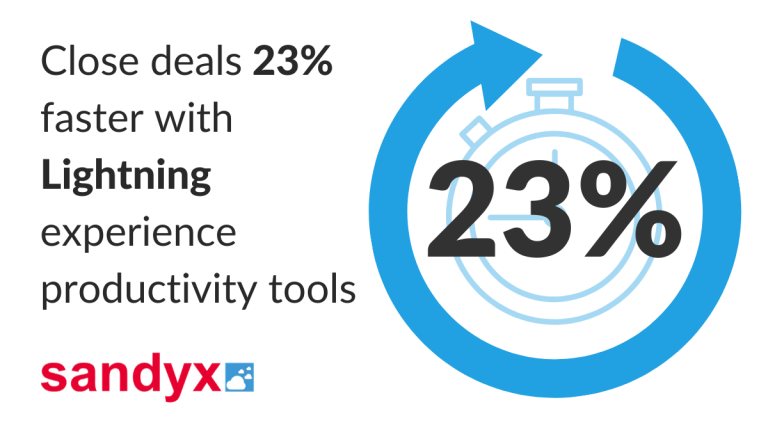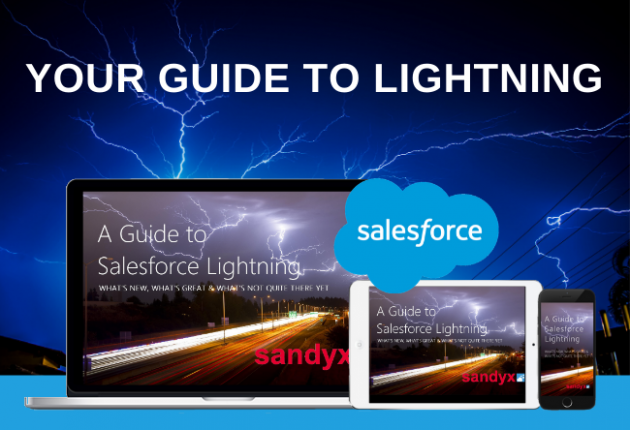Salesforce Lightning vs Classic: The benefits of Lightning
There’s no question that Salesforce Lightning is the next big thing in the CRM world. However, given that such a large number of customers are still reliant on Classic, it won’t be getting scrapped anytime soon.
That being said, you need to understand the differences between the two editions to see why Lightning really is the way forward (like you really need any more convincing).
How is Salesforce Lightning different to Classic edition?
Everything about Lightning has been designed to be more visually pleasing and easy to use, which certainly rings true when you first switch between the different dashboards. Lightning makes it easier than ever to develop apps using pre-built components from a drag-and-drop library, removing the need to code and test throughout the development process. Salesforce Lightning also has more Einstein AI integrations across the entire interface than Classic ever did, making it easier to find detailed insights into everything from opportunities to automated contacts.
Some features like the Einstein Bot Builder for example, are completely new to Salesforce and only available in the Lightning experience.
The top 4 benefits of Lightning:
Below we have listed what we think are the most important benefits of using Lightning:
1. Enhanced customer engagement
There’s no denying that a significant number of Salesforce customers have been blown away by the look and accessibility of Lightning experience.
The customisation capabilities and tools like Lightning Console Apps mean that products tailored specifically for clients and end-users will be up and running sooner than ever before on the Salesforce platform. The new analytical features on Service Cloud mean that customer representatives can delve into better insights and achieve higher rates of satisfaction.
2. A sleeker way of working
The new tools and features available on Lightning make Classic look somewhat outdated in comparison and trickier to stay connected with the rest of your team in different departments. Lightning has been adapted for accessibility through any device at any time and offers tools like the Activity timeline feature, which enables you to see exactly where staff are up to with leads.
Thanks to the visualisation of Lightning, staying up to date with tasks in real time is a lot easier – meaning more work gets done. Even long-winded tasks like data entry can be considerably sped up by using Lightning features like Quick Actions.

3. Easy for Salesforce newbies to use
If you’re new to Salesforce, you shouldn’t bother familiarising yourself with Classic edition.
There are just a handful of functionality limitations which still persist for developers like us when it comes to displaying Visualforce pages in Lightning but we don’t doubt that these will soon be rectified by Salesforce. Every new feature made by Salesforce is being designed with the Lightning UI in mind, so sticking with Lightning now will only lead to a much better and up-to-date Salesforce experience in the long run.
4. Better results all round - and the stats to prove it
According to a Forrester report about the impact of switching from Salesforce Classic to Lightning, some organisations were seeing a return on investment of 341% over three years. “Lightning is a catalyst for unleashing productivity, innovation and transformation across every industry,” said EVP and General Manager of the Lightning platform at Salesforce, Anne DelSanto.
The marketing Director, Ben Pruden, also later commented that “Lightning is what we would have originally built if the technology had been available”. The incredible functionality and component-based framework of Lightning means that processes like enterprise app development takes up to 50% less time as code is no longer necessary.
